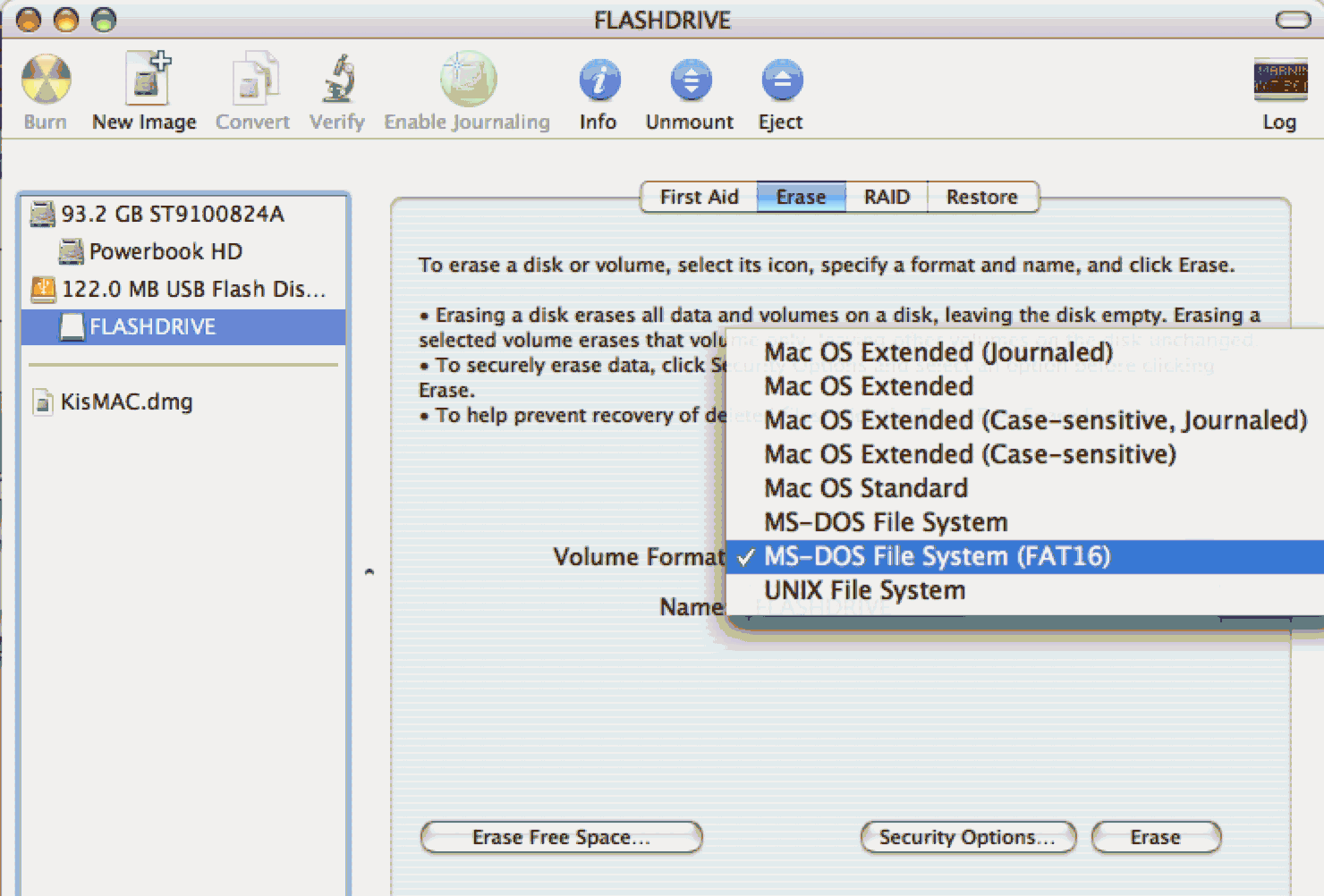

I will show you how you can use UNetbootin to create a bootable USB, it can be used no only for Mac but for Windows and Linux distributions too. This is the command to copy the files from the ISO to the USB: cp -rp /Volumes/CCCOMA_X64FRE_EN-US_DV9/* /Volumes/WINDOWS10/Īnd that is all, now you can try boot from the USB. Try to follow the instructions to format the USB in ExFAT, NTFS works for some BIOS). This process could fail if you are using a USB with FAT32 because the file install.win is over 4GB, if this is the case try to open the terminal and copy paste the files from there (no always works.

In order to boot from the USB, you need to format the USB to ExFAT, you can do it using Disk Utility (it comes with MacOS). Format USB to ExFAT (Under your own risk) The first step for both methods requires to format your USB device to NTFS, this is the default filesystem, alternative you can use ExFAT but the installation could fail.

The reason is that I was only using UNetbootin to create the bootable USB, I will leave guide as a second method since it still working, and I will explain to you how you can create the bootable Windows USB without extra software. I am updating this post today Dec 12, 2018.
#FORMAT USB FOR PC ON MAC MAC OS#
The last release of Mac OS doesn't have the option to create a bootable USB from Bootcamp like previous versions, and it is a problem because that require uses other tools.


 0 kommentar(er)
0 kommentar(er)
